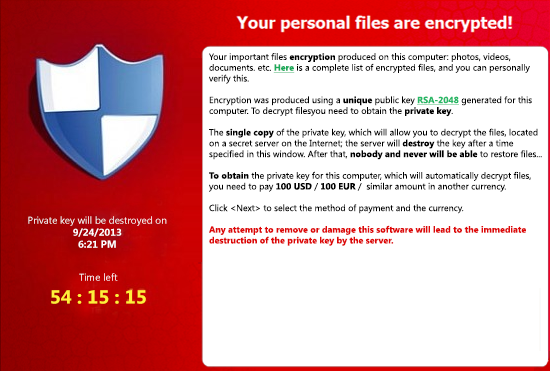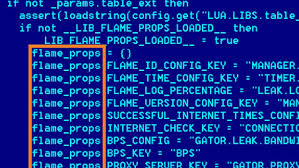What is the worst computer virus?
When a computer virus features in films and TV programs it is often extremely scary and dangerous.
In Shut Up and Dance, an episode of Black Mirror, a computer virus forces people into committing crimes and threatens to release personal information if they don’t. Other computer viruses, like in The Terminator, show them capable of taking over military computers to start a nuclear war.
Because of these representations in film, it’s easy to dismiss computer viruses as overexaggerated. Especially if you’ve never had one.
So, just how dangerous are computer viruses? We’ve done some investigating to find some nasty bugs you wouldn’t want to infect your computer.
Anna Kournikova
We’ve decided to start off at the tamer end of things.
The virus known as Anna Kournikova was spread via email. The email promised the victim a picture of the female tennis player if they opened the attachment in the email. If the user clicked on the attachment, the virus would start and the original email would be forwarded to all the email addresses in the original victim’s contact list.
So, while not necessarily dangerous to the original victim’s computer. The virus was very effective at spreading itself and generating a lot of emails meaning it could overwhelm companies’ computer systems.
Cryptolocker
CryptoLocker was an example of ransomware that threatened to wipe the victim’s computer if they did not pay a fine.
So how does it work? Put simply, the virus infects the user’s computer after being downloaded from the internet. Cryptolocker, for example, spread through unsuspicious email attachments that users downloaded. Once on the system, the virus encrypts and blocks all of the user’s personal files. The virus then allows the hacker to contact the victim with an offer: pay a sum of money for an encryption key or lose your files.
Pretty nasty stuff.
Cryptolocker was so effective that the hackers who created it managed to steal $30 million in 100 days.
Slammer
If you’re interested in viruses that could star in a film, Slammer is about as close as you can get. Slammer managed to crash The Bank of America’s ATM service, take down 911 services and even ground flights.
Within minutes of infecting its first victim’s computer, Slammer began to multiply every few seconds. After 15 minutes Slammer had made its way onto 50 per cent of the most important servers for the internet. Not only that but the virus caused hysteria in the US and managed to do about $1 billion worth of damage.
Stuxnet
Stuxnet is more of a digital weapon than a virus. It was designed and built by US government engineers with the sole purpose of preventing Iran from building nuclear weapons.
Unlike the other viruses in this list, the way Stuxnet spread was relatively basic. It had to be taken on a USB drive, and inserted in a computer connected to Iran’s network. Once on the first computer, Stuxnet was then able to spread to the plant’s wider computer network. Despite having a basic method of transmitting itself, Stuxnet was extremely effective. It actually managed to make the centrifuges at Iran’s nuclear plant self-destruct.
The scariest thing about Stuxnet is just how powerful it is. The implications of technology like this falling into the wrong hands are frightening to say the least.
Our BSc (Hons) Cyber Security courses are designed to produce graduates who can contribute to protecting individuals, and organisations, from the sorts of threats listed above.
Please visit either the CU Scarborough or the CU London website for more information on this course.



